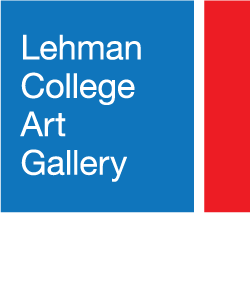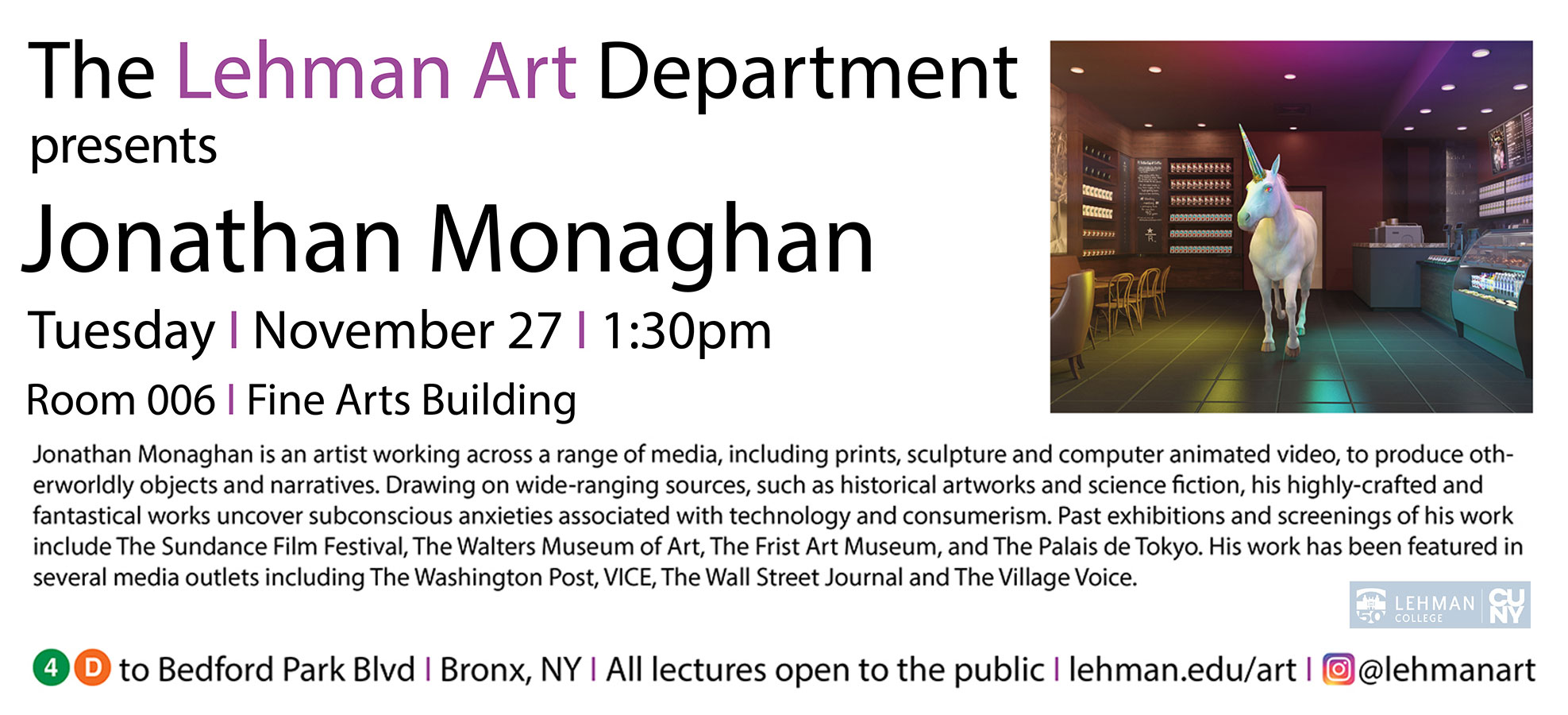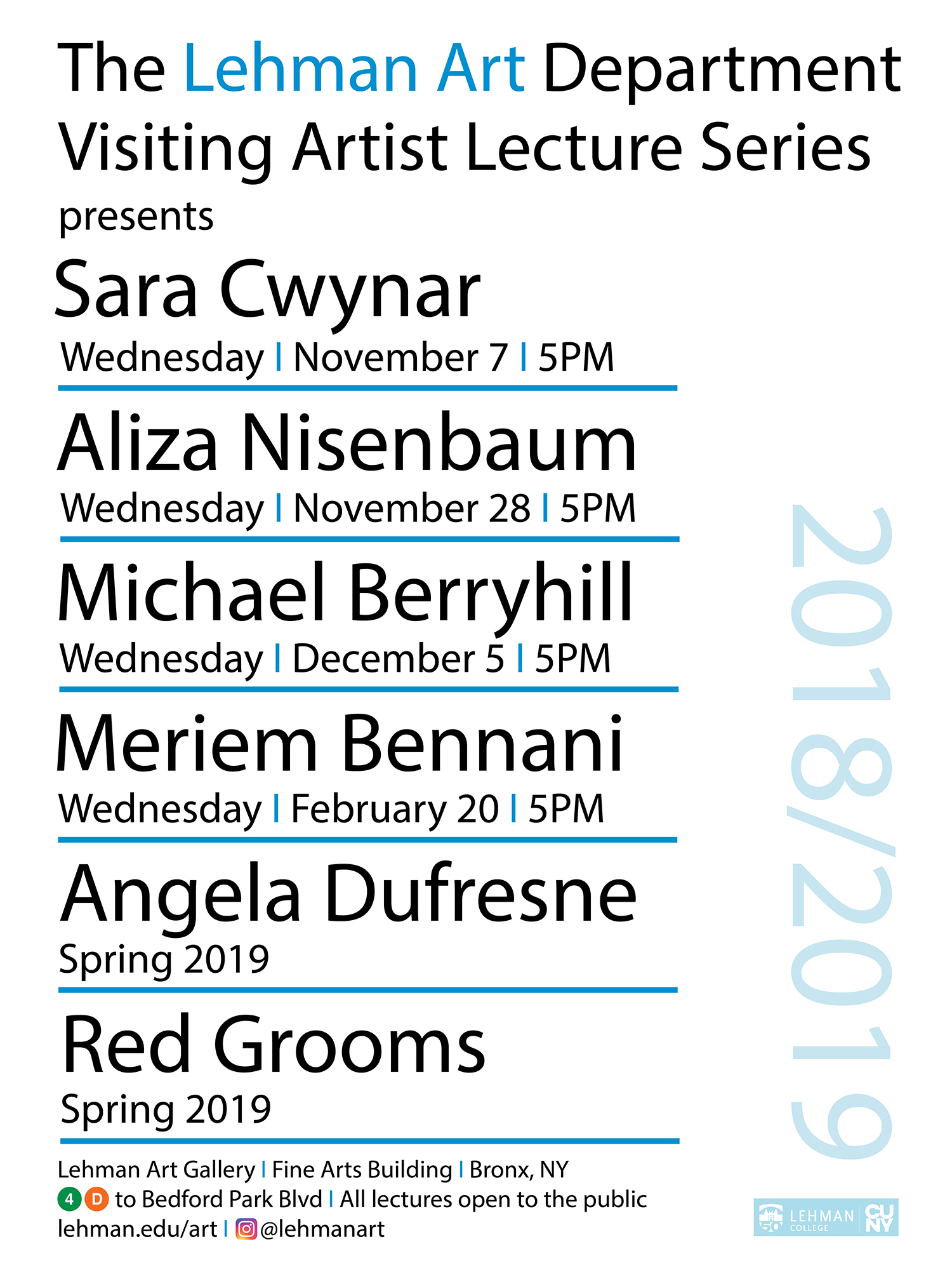Peter d’ Agostino: Interactivity and Intervention
Interactivity is the buzzword of the nineties, in connection with both domestic and artistic applications of high technology. Setting aside questions of epistemology, reception and value (Isn’t reading a book after all, an interactive process? Is clicking a mouse *meaningful* interactivity?, it’s clear that interactivity, has of course, been with us far longer than that. In his exemplary output of the past two decades, media-artist Peter d’ Agostino has both analyzed and used the latest interactive technologies to create thought-provoking works. Both about and of interactivity, they simultaneously focus on matters of personal and social concern including the atomic age, ethnic identity, and the Gulf War. This exbhition is a survey, not a retrospective, showcasing four installation-works dating from 1978 to the present. En mass, they employ video, World Wide sites, and virtual reality technologies.
Proposal for Qube (1978) provides a historical frame for the show. A video installation first presented at Ohio State University, it was a response to the first commerical deployment of an interactive TV service, Qube. Ohio subscribers reeived a TV-set box or console with response buttons that allowed them to “interact” with programs such as How Do You Like Your Eggs? (48% of viewers preferred scrambled). The exhibitoin comprised of viewing spaces for video playback and sets of panels displaying Quotes to Qube (which interrogated Qube about meaningful paticipation in an age of modern communication systems) and Quotes from Qube, which displayed Qube’s Orwellian advertising New Speak. D’ Agostino’s model, two-way communication remains relevant in terms of the problematics of online communications and so-called online community.
Traces (1991-95) is a video and print installation with two accompanying websites providing historical materials and audience- community responses to the work and the issues it raises. It marks the 50th anniversary of the beginning of the Nuclear Age. (D’ Agostino’s viewpoint is that of an American born between the secret A-bomb test at Trinity Site, New Mexico, on July 16, 1945, and the bombings of Hiroshima and Nagaski on August 6 and 9, 1945. Traces syntehsies experimental and documentary film and video forms and several interrelated themes. D’ Agostino’s varied sources range from historic films to video recorded during several visits to Japan (1991-93), including sceens of the annual Peace Ceremonies in Hiroshima.
VR/RV: a Recreational Vehicle in Virtual Reality (1993-94) is a projected-video installation of an interactive virtual environment developed at the Banff Center. On a drive in a recreational vehicle (RV) through a virutal reality (VR) theme park. VR/RV explores the displacement and diembodiment of a techno-culture that conflates video games and computerization of war. As the recreational vehicles drives through a computer generated landscape — a three dimensional map — onto who two dimensional video images are projected, a new mediated territory emerges: It incorporates electronic video billboards of utopian visions and dystopian nightmares that are the consequence of 20th-century technology, along with images and sounds of the immersive environment itself ( a head mounted display, data glove, and computer generated projections), providing an experience and critique of an emerging virtual culture. This multi-layered work also combines and extends some of the primary themes in history of the cinema: the Lumiere brothers’ depictions of daily life as well as Melies’ fantastic travelogues.
@Vesu.Vius (1996-) is the working title of a videotape installation with accompanying World Wide Web site. It critically examines the many paradoxes of cultural identity and its metaphors, as well as the nature of “virtual communities” currently being articulated on the Internet. An experimental/ documentary, Vesu.Vius will juxtapose the conic images of Mount Vesuvius and Pompeii with actual places in the Italian-American community in The Bronx, in which d’Agostino was raised. It serves as a model for moving beyond chauvinstic notions of ethnocentrism, towards a creative ethnicity, in which diveristy is a social reality connecting people in their daily lives and in cyberspace.
Each of these pieces has been shown at venues throughout the world (including the Long Beach Museum of Art, the Sao Paulo Bienal, Berkeley’s University Art Museum, and the Krannert Art Museum) but none have been seen in New York.
D’ Agostino is Professor of Film and Media Arts at Templte University in Philadelphia. He is the recipient of Pew, NEA, Center for Advanced Visual Studies and Japanese Foundation fellowships. He has been artist-in-residence at WNET’s Television Laboratory, the Banff Center, and the Bellagio Center. He edited Transmission: theory and practice of a new television aesthetics (1985) and co edited Transmission: toward a post-cultural television culture (1995). He has also received two awards for interactive art at Priz Ars electronica in Linz, Austria.
Art historian Robert Atkins has organized more than 20 exhibitions including Between Science and Ficition (1985, Sao Paulo Bienal) and “From Media to Metaphor” Art About AIDS (1991-94), the first major traveling exhibition of its kind. A former columnist for the Village Voice, he has written more than 100 publications throughout the world and is the author of the best-selling ArtSpeak: A Guide to Contemporary Ideas, Movements, Buzzwords and its modern-art companion, ArtSpoke. He is founding editor of TalkBack! A Forum for Critical Discourse (http:talkbback.lehman.cuny.edu/tb), the first American online journal about online art, and has received awards for art criticism from the NEA and Manufacturers-Hanover Bank.


